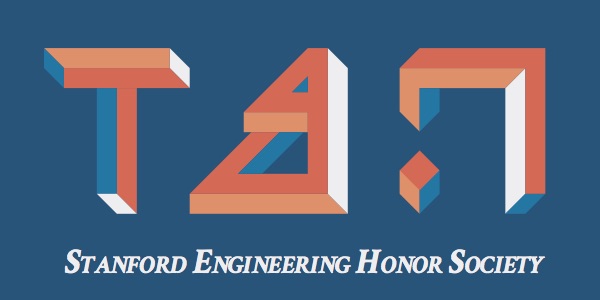By Pretom Shome, Senior, Management Science and Engineering
Pretom is interested in international development, having worked at the World Bank and at an education center in South Africa. In his free time, he enjoys reading, surfing, hiking, and making his friends laugh.

Why did you choose to be an engineer?
I chose to be an engineer because I wanted to learn how to solve problems analytically. It also helps that Stanford is filled with creative and brilliant engineers solving the world’s most pressing problems.
After 3 years in the heart of Silicon Valley, I’ve become accustomed to hearing the word innovation. I’m sure every Stanford student can relate. Every research lab, dorm room start-up, and angel investor is moved by the innovative spirit that drives people to imagine novel possibilities & work to actually create them. I chose to study Management Science & Engineering because I wanted to understand how to innovate. I was drawn to questions such as: What ideation processes enable creativity? What organizational structures help creativity to scale? How can we operationalize cutting-edge ideas? While these are all fascinating questions, it was only more recently that I asked myself a more important question: why should we innovate?
As it turns out, the why and the how are more aligned than I initially thought. Innovation begins with the identification of an opportunity or underserved need. Once this need is identified, solutions can begin to be developed, usually in an iterative fashion, within the constraints of the identified need. In Silicon Valley, this takes a very specific form. A Stanford student hears about a security problem common to nearby tech companies, codes all night to develop a program, and ventures to Sand Hill Road to start the process to billionaire stardom. We’ve all heard some variation of this story before. Yet this particular conception of innovation is severely limiting in several ways.
First and foremost, the Silicon Valley conception of innovation limits our idea of who can be an innovator or entrepreneur. In 2018, a paltry 2.3% of VC funding went to women. Less than 20% went to underrepresented racial minorities. This leads directly into the second problem: constraints on which problems are worth solving. If you are pitching a fintech product for an underbanked community, your VC probably has very little understanding of the scope of that challenge. Furthermore, VCs are taught to chase ideas with billion dollar potential. Yet it is clear that tremendous value can be created by smaller firms; indeed, small and medium enterprises employ many more people than the Fortune 500. Finally, by constraining our view of which problems are worth solving, we limit our ideas of how problems should be solved. Is creating a company always the best path to take? How often do Stanford engineers consider the tools of activism, advocacy, or policy as avenues for change? While many of us became engineers because of our excitement about the potential for technology to solve problems, we shouldn’t limit the efficacy of our solutions by assuming
